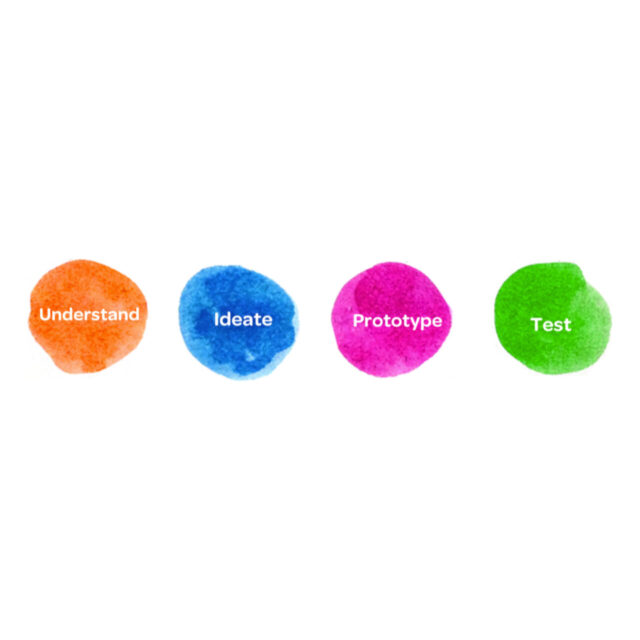Design Thinking: Overview

Design thinking is a problem-solving methodology that encourages individuals to empathize with an end-user. They define a problem, ideate solutions, prototype and test their solutions before iterating them based on feedback. This methodology has become an increasingly popular way to teach students how to think creatively and solve problems. In the elementary school context, design thinking can help young students develop skills they will use throughout their academic careers.
The first step in teaching design thinking is to introduce the concept of empathy. This involves helping students understand how to put themselves in the shoes of the end-user. They must gain a deep understanding of their needs, wants, and desires. Students may employ a variety of activities, such as role-playing, interviewing, and observing.
Once students have developed empathy for the end-user, they should define the problem. This involves helping students clearly articulate the problem they are trying to solve. They ensure focus on a specific need or issue. Perhaps students are tasked with designing a new playground for their school. They might define the problem as “How can we create a playground that is safe and engaging for all students?”
Once the problem has been defined, students begin ideating potential solutions. This is where they generate as many ideas as possible, without worrying about whether they are feasible or not. This process is important because it allows students to think creatively and outside the box. We recommend students use brainstorming.
After ideation, students can begin to prototype and test their solutions. This involves creating a physical or digital representations of their ideas. They then test them with the end-user to see if they meets their needs. This is a critical step in the design thinking process, as it allows students to get feedback and make improvements to their solutions.
Finally, students can iterate on their solutions based on feedback, making changes and improvements, until they have solutions that meet the needs of the end-user. Students can repeat this process as many times as necessary, until they are successful.
Teaching design thinking in the elementary school context has many benefits. For one, it can help students develop critical thinking skills, such as problem-solving and decision-making. It can also help students develop their creativity and ability to think outside the box. Additionally, teaching design thinking can help students develop empathy for others, which is a critical skill in today’s diverse and interconnected world.
There are many ways to incorporate design thinking into the elementary school curriculum. One way is to integrate it into existing subjects, such as science, math, and social studies. For example, students might use design thinking to create a new product for a science fair project, or to design a new monument for a social studies project.
Another way to teach design thinking is through extracurricular activities, such as after-school clubs or summer camps. These programs can provide students with a more immersive experience in design thinking, and give them the opportunity to work collaboratively with their peers.
In conclusion, teaching design thinking in the elementary school context is a valuable way to help students develop critical thinking skills, creativity, and empathy. By introducing students to the design thinking process and providing them with opportunities to practice it, educators can help prepare them for success in their academic and professional careers.


